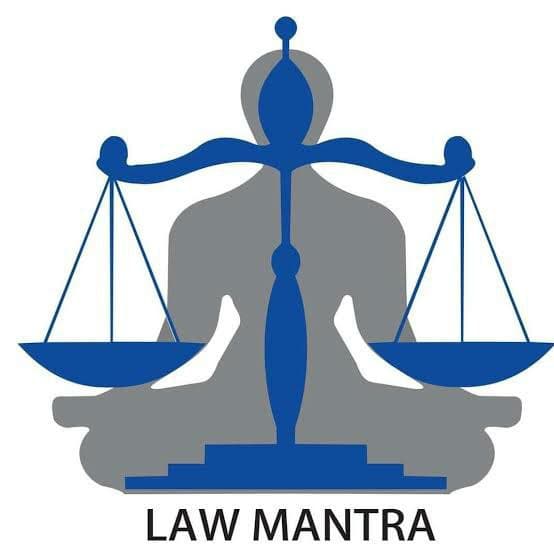The Delhi High Court said that it would consider asking some visually impaired persons to examine the new currency notes and coins recently issued by the government to see if they faced problems differentiating between the various denominations.
A bench of Acting Chief Justice Gita Mittal and Justice C Hari Shankar made the observation after the Centre and the Reserve Bank of India (RBI) told the court the new currency has been introduced after consulting and taking into account the suggestions made by various associations for the visually impaired.
The central government, represented by Additional Standing Counsel Sanjay Jain, told the court that Rs 10 note would be soon done away with and replaced by coins. The sizes of the Rs 20 and Rs 50 denomination notes could be easily differentiated by blind persons, it claimed.
The government and the RBI told the court that intaglio markings, a printing technique where image is incised into a surface, are not being made in the Rs 20 and Rs 50 notes as these denominations are widely used, as these markings, which are expensive, would get smudged with time.
However, the notes of denominations of Rs 100 and above have the intaglio markings, they told the bench.
The ASG also said that the new coins of Re 1, Rs 2, Rs 5 and Rs 10 would be having striations of various lengths at the edges to make them discernible from each other.
The bench was hearing PILs filed by three advocates, a company secretary and NGO All India Confederation of Blind, who had sought a change in the new currency notes to make them easily identifiable and differentiable for the visually impaired.
The PIL by advocate Rohit Dandriyal sought directions to the authorities to withdraw the Rs 50 notes which do not have any identification marks and stop printing them.
He said that, according to the RBI, a special feature has been introduced on the left of the watermark window on all notes, except the Rs 10 denomination ones.
“This feature is in different shapes for various denominations. For example, a vertical rectangle denotes a Rs 20 note, a square means Rs 50 (in older notes), triangle and circle for Rs 100, a diamond denoted the Rs 1,000 currency which is not a legal tender now,” the advocate’s PIL said.
The petition by the NGO said the visually impaired people were facing hardship in identification, usage and transaction of the new currency notes of Rs 2000, Rs 500, Rs 200 and Rs 50 denominations.
The court asked the Centre to file an affidavit on the steps it was taking to make the coins discernible from each other and listed the matter for next hearing on March 7.
